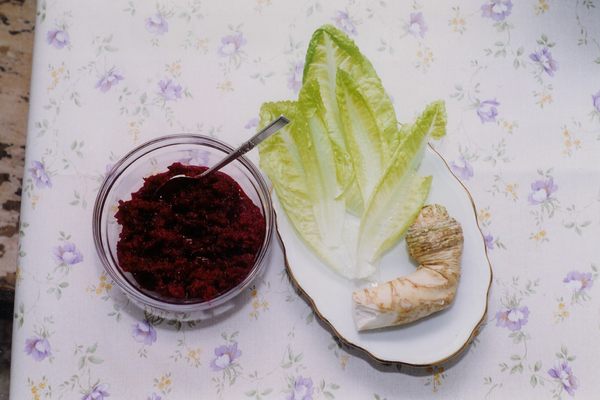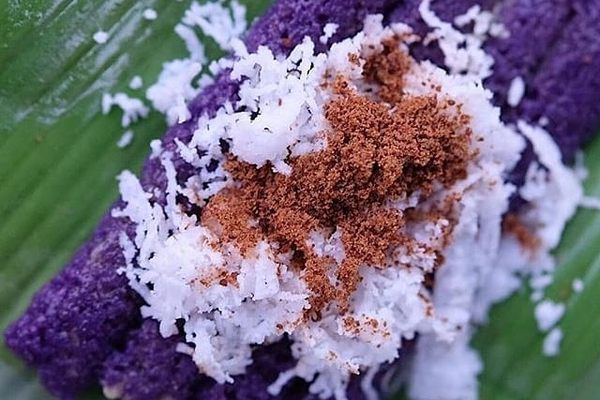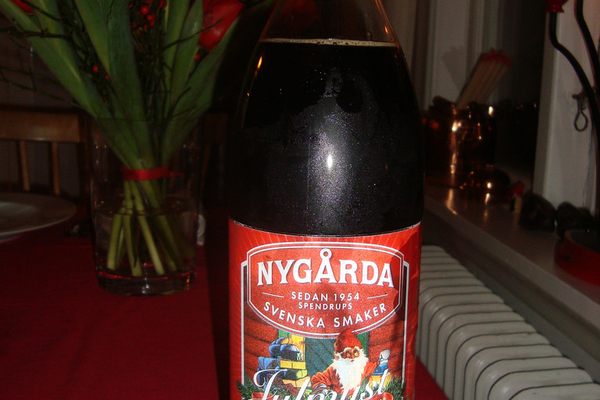In 1908, John Noel Nichols of Manchester, England, created a syrupy, purple concoction called Vimtonic. Made from grapes, blackcurrants, raspberries, herbs, and spices, the elixir promised to provide consumers with “Vim & Vigour,” without caffeine or alcohol.
Nichols registered his tonic as a medicine under the shortened name “Vimto” in 1912. Herbalists and temperance bars took to selling the drink, and the brand built its reputation among opponents of alcohol. Nichols’s company continued to grow, selling carbonated versions and concentrates in the United Kingdom and India. In 1928, Vimto arrived in the Middle East by way of Saudi commodity traders who had discovered the beverage in India.
Outside the United Kingdom, drinkers in Saudi Arabia, Kuwait, and the United Arab Emirates became the majority of Vimto’s fanbase. Today, 35 million bottles of Vimto are sold in the Persian Gulf states every year. The drink now plays an important role during the month of Ramadan. After a day of fasting from food and drink, participants traditionally begin the iftar, the meal served at sundown, with dates and water. However, ever since the 1990s, many Muslims have begun their iftar by reaching for a glass of Vimto.
During Ramadan, Vimto becomes so popular in the Middle East that some stores limit sales to two bottles per customer. Why? Many fast participants consider it the most effective way to relieve their depleted bodies. Plus, vendors have sold the fruity, sugary liquid in the region for 90 years, giving it a nostalgic appeal that other soft drinks lack.
But despite the fanfare in the Middle East, the purple drink remains a Manchester original. Lest you forget it, someone built a giant monument right where Vimto was invented.
Written By
 rachelrummel
rachelrummel
Sources
- www.citylab.com/life/2016/06/why-a-sweet-british-drink-is-popular-during-ramadan-vimto/486578/
- www.thenational.ae/lifestyle/food/what-is-it-about-vimto-that-makes-it-such-a-ramadan-staple-1.733373
- www.vimto.co.uk/history.aspx
- www.independent.co.uk/news/uk/home-news/ramadan-2018-fasting-vimto-popular-islam-islamic-muslim-holy-month-a8353971.html
- www.hatads.org.uk/catalogue/corporate-marketing/50/Vimto
The Atlas Obscura Podcast is Back!


















